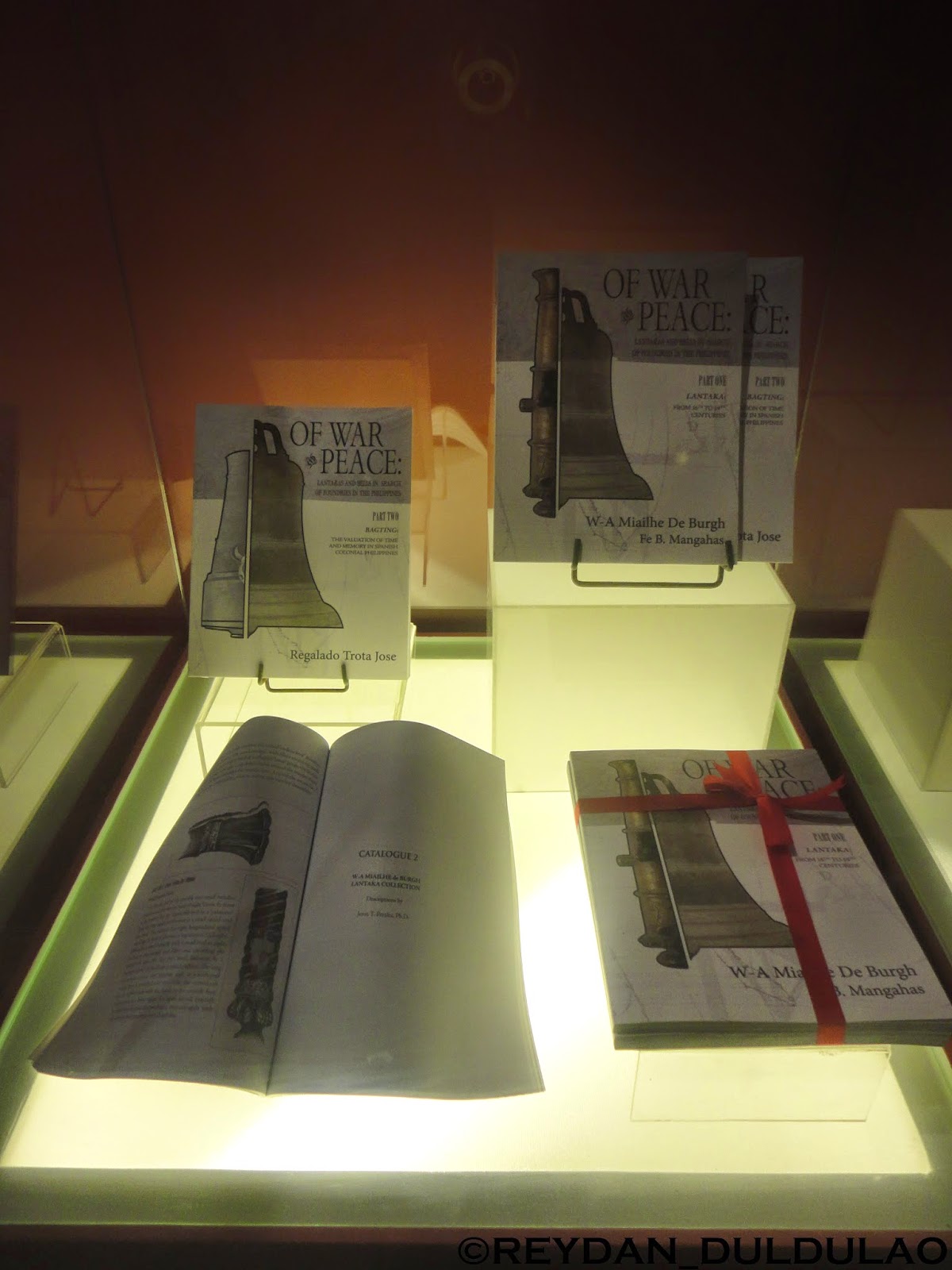"I explore to celebrate adventures either planned or spontaneous journeys to know more about myself while exploring the world. "
Wednesday, December 31, 2014
Saturday, November 22, 2014
Lantakas and Bells, Museum of the Filipino People: Manila
This exhibition commemorates these pioneering studies on lantakas and bells that enrich our understanding of the cultural heritage of the Philippines. This exhibit specifically offers an opportunity to view and examine an exceptional selection of lantakas from the private collection of Miailhe De Burgh and the National Museum collection.
Lantaka is a small swivel gun or cannon used as one of the weapons of Filipinos before and during the Spanish colonization of the Philippines. Lantakas figured prominently in the history of the Philippines. Historic documents indicate that these were typically mounted on trading and raiding vessels plying the Southeast Asian maritime trading routes.
Faith, Tradition and Place: Bangsamoro Art, Museum of the Filipino People: Manila
 |
| Faith, Tradition and Place |
Feast provide arenas for displaying wealth, power and prestige through the abundant offering of food and drinks for communal consumption, and the use of prestige or exotic objects and technologies. As a result, celebrations are closely tied to aspects of political economy which is guided by the ideology of the elite.
This is often materialized in public ritual events where highly symbolic objects and ritualized practices are used to express and legitimize their political, economic and social prestige. Correspondingly such public demonstration effectively shows the hierarchy in managing and influencing social and political outcomes, and establishing relations and obligations under the upper rank's governance.
Immersing in activities that sharpen senses and experiences, such as tasting special dishes and joining in performances with heightened theatrical and dramatic elements, lead to captivating the festival participants' attention. It is through these feasts provide spaces for encounters markedly distinct from their ordinary and daily lives.
Among the Muslim groups of Southern Philippines, the flourishing performing and visual arts is closely associated with the ritual practices of the elite. Spectacular performances, displays of resplendent art, and lavish feasts thrive as they give visual expressions to the Islamic notion of the sacred power of sultans.
 |
| Tabo: Maranao: Lanao del Sur |
This section features materials associated with performing and visual arts of the varied creative traditions of the Muslim groups in Southern Philippines. Musical instruments and codified oral traditions show aspects of local theater including music, singing, dancing and the recitation of myths and stories, while varied artistic customs in the region - such as the okir or ukkil designs - are seen in woven textiles and mats, wood carvings and brass ware.
Subscribe to:
Posts (Atom)


















































